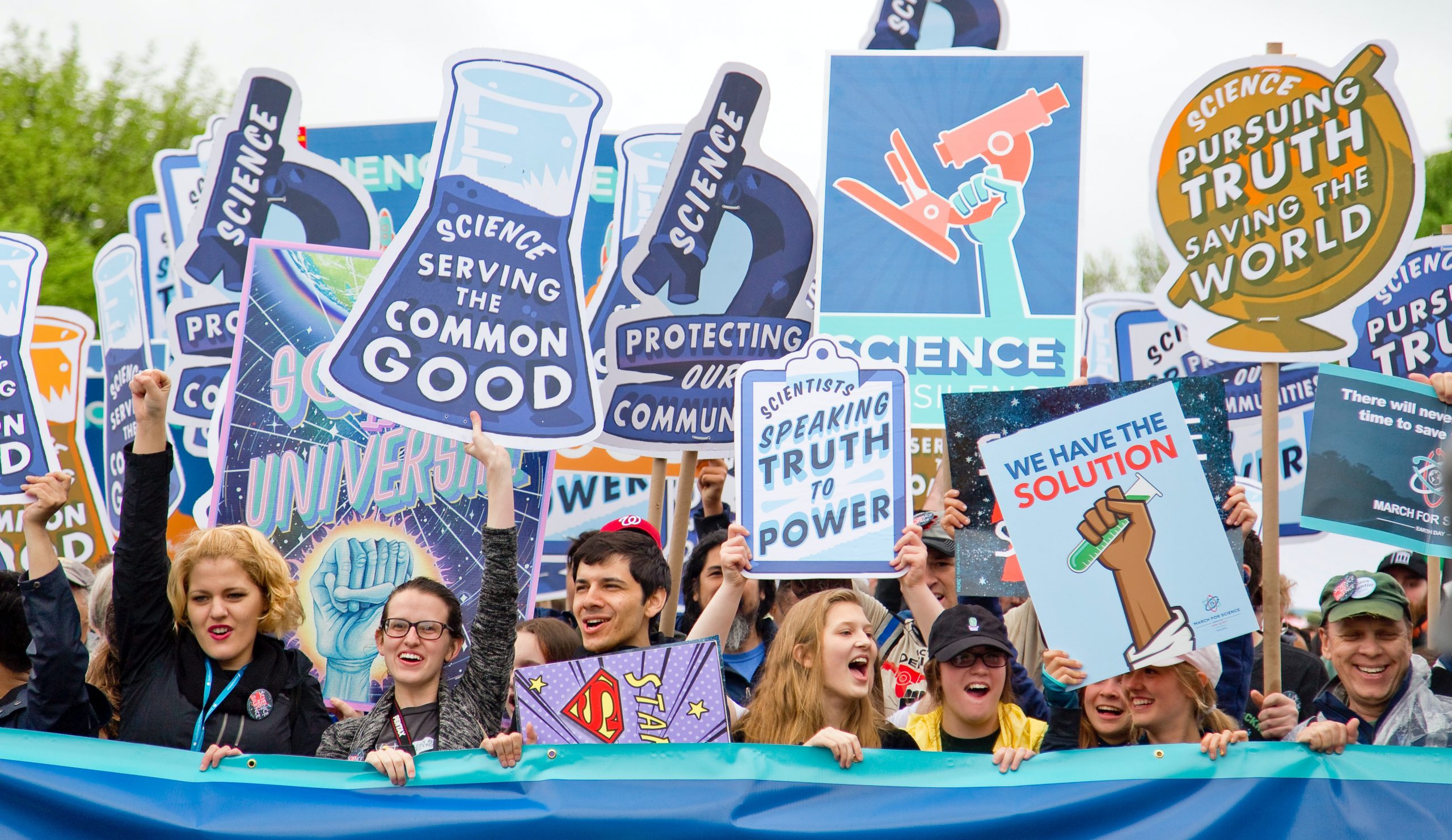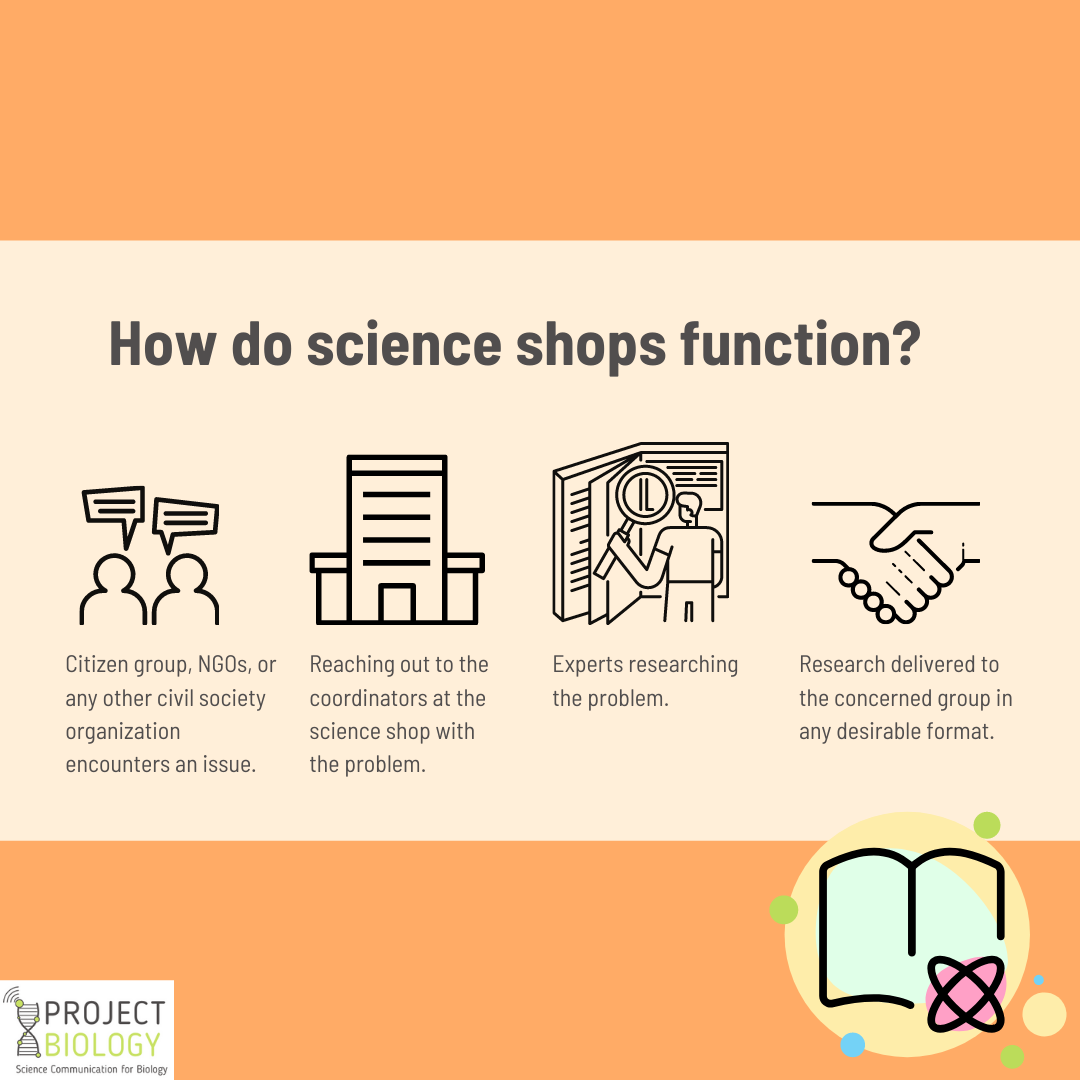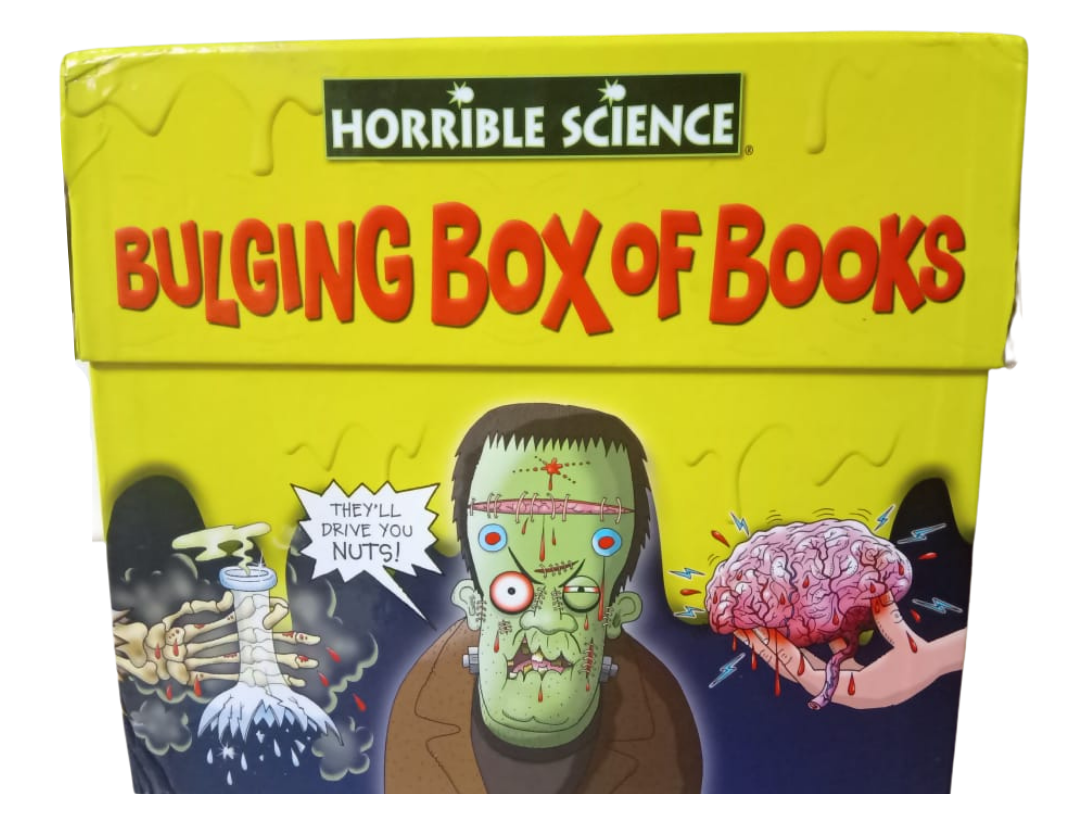“All religions, arts, and sciences are the branches of the same tree,” — Albert Einstein. Hence, bringing together the different branches gives us fruits of novel perspective. To see a problem in a new light and approach it in novel ways.
But, how to bring together the various branches together?
The answer lies in forming mutually beneficial collaborations between researchers and practitioners, whether from the same or different branches. On the one hand, collaborations can put research problems in social, economic, and political perspectives for scholars. On the other, it can aid practitioners such as the science communicators in constructing bridges of knowledge transfer.
And what better than telling stories of research, discovery, or innovation through collaborative efforts. It is what Riedlinger et al. (2019) illustrate in their paper titled, Telling stories in science communication: case studies of scholar-practitioner collaboration. Here we share the impact of collaborations on effective science communication using five case studies.
Case Study # 1: The crocodile that swallows the sun
The first case study talks about the task of creating a children’s book named “The crocodile that swallows the Sun.” The book brings the South African ancient folklore about the southern sky, originally written in Khoisan languages and translated by scholars in cultural and linguistic studies.
As the original material was recorded in nearly extinct languages; thus, interpreting and translating the text was an especially challenging task. To carry out the feat, the astronomers and science communicators came together. While the astronomers simplified the science behind these ancient tales, the science communicators explained these stories and scientific findings in a language best suited for children.
And the outcome was splendid, integrating the indigenous South African culture and modern science. Not just was it an exciting way of educating the children; it also helped the collaborators. While astronomers gained knowledge about the observations made by ancient indigenous people, cultural and linguistic scholars found a widespread audience.
This case study also highlights that one can create rational content without compromising the emotional appeal.
Case study # 2 Overcoming the click baits
The second case study relates with the current era of clickbait (a text or a thumbnail link designed to attract attention and to entice users to follow that link and read view, or listen to the linked piece of online content, with a defining characteristic of being deceptive, typically sensationalized or misleading).
A symbiotic collaboration between a Hebrew news website and science communicators brought the lay public closer to science. The editor of an Israeli news website faced criticism for their preference of clickbait articles over science-related news.
Such criticism moved the website to team up with practitioners to publish accurate scientific advancements routinely. The science articles were well received by the public, leading to other news websites following the suit. Another by-product of the practice involved measuring the difference in engagement levels of science news versus general news.
The researcher showed that the public found both categories equally appealing. In this case study, science communication practitioners found a larger medium to communicate with laypeople, and news websites could justify investing in science-related pieces.
Case Study # 3 Engaging teenagers in museums
Museums are not just the storehouses of artifacts but also stories about the past and the future. In the third case study, a partnership was struck between scholars who studied teenagers’ behaviors and science communicators working at museums to better tell historical stories.
For this, researchers strapped GoPro cameras on the heads of adolescents visiting “traditional” science exhibitions at the Museum of Life, Rio de Janeiro, Brazil. These traditional exhibitions made use of low technology and richly used historical documents and objects. The goal of this study was to determine the factors that affect engagement levels in teenagers.
Scholars observed that the teenagers formed associations between the historical exhibits, given narrative and contemporary issues; sometimes, they spontaneously made use of their own connections and stories and sometimes, with the aid of museum explainers.
Teens were keen enough to notice when explainers used strategies that were not appropriate as per their age while interacting. The study also underlined the vital role explainers played in science communication. It showed that teenagers driving the narrative of storytelling was more impactful than explainers doing the same.
This study helped scholars understand how teenagers liked to consume science and that they are capable of creating their own narratives. It helped museum explainers in eight different Latin American countries to receive better training using the GoPro footage. This example demonstrates that we need to narrate stories that our audience deems important in a captivating manner.
Case Study # 4 Community engagement boosted through collaboration.
The fourth case study illustrates the power of collaboration in recognizing stories that inspire community members to volunteer in water resource management. The association was between Canadian water stewardship engagement practitioners and scholars in water resource management. The collaboration aimed to inspire the community to get involved in controversial policy processes fearlessly.
To do so, the people involved in campaigns about local water resources were encouraged to share their experiences with the community. Practitioners found that including a “villain” in the storytelling enthused the audience, but the bigger problem of climate change got lost.
Though, the narrative of small, sustained actions taken at the grass-root level leading to long-term changes had a better impact. Moreover, community members involved in creating this change felt a sense of contentment and belonging.
This collaboration put scientific work in a social context for the scholars. Additionally, it helped practitioners identify the most impactful narration. This case study tells us that stories, indeed, have the power to create change.
Case Study #5 Bioenergy talks
The final case study talks about the effective collaboration between UK-based scientists in bioenergy and science communicators to drive public support. Despite bioenergy holding the potential to mitigate climate challenges, it suffers from low public support. Thus, to stimulate critical thinking among various stakeholders ranging from schoolteachers to decision-makers, they organized the Bioenergy Dialogue series.
The series took the stakeholders 20 years into the future, presenting them hypothetical scenarios about bioenergy usage outcomes or lack of it. Science communicators and scientists together wrote these scenarios using personal stories and scripts for short plays carried out by participants themselves.
This led to stakeholders voicing their opinions about the future directions of bioenergy research. Science communicators also received feedback about some of the scenarios being too far-fetched. Thus, they tweaked future sessions’ presentations. Scholars, on the other hand, could directly address the stakeholders’ concerns.
This case study teaches us that even people with non-scientific interests would like to get involved if we elucidate science’s relevance in their everyday life and surroundings.
Conclusion
All the case studies presented fall into three categories:
- collaborations that used action-based research to improve storytelling in science,
- those that used empirical data as the foundation stone for current scientific advancements, and
- those that built critical thinking among stakeholders.
From here on, the authors visualize a communication-scholarship continuum where interactions between the public, stakeholders, policymakers, scholars, and practitioners are free-flowing. It can, in turn, result in the pursuit of socially relevant scientific developments. These examples give us hope that all branches, including but not limited to arts and science, can work together via symbiotic collaborations. This, in turn, could broaden the horizon for scholars, practitioners, and audiences alike.




